Fashion is a wheel of time where period dress trend always come back. The models are revamped, but always with the striking features that each season brings in particular.
The period dress trend is something that will stick around for a long time because of its charm, and there are many different ways to style this trend in the summer.
Summer options include airy dresses, sheer dresses or baggy pants. The most important thing is to find a style that works for your body type and your personal aesthetic.
Read too: Dress Trend – See more than 80 Photos of Dress models and what is the Fashion Trend
To understand better, check out the article below and the trends of each season.
See models of period dresses
What are the Season Dress Trends for 2022?
The period dress trend for 2022 is:
- 18th century dresses
- 1800's dresses
- 10's dresses
- 20's dresses
- 30's dresses
- 40's dresses
- 50's dresses
- 60's dresses
- 70's dresses
- 80's dresses
- 90's dresses
- 2000s dresses
- Medieval period dresses
- Empire era dresses
- Victorian period dresses
- Dresses from the Roman Period
- Colonial Period dresses
- Brilliant era dresses
18th century dresses
The 18th century dresses had a classic proposal, it was a more fluid period dress with pastel shades, very similar to Roman tunics. The dresses had puffed sleeves, with architecture-like cuts.

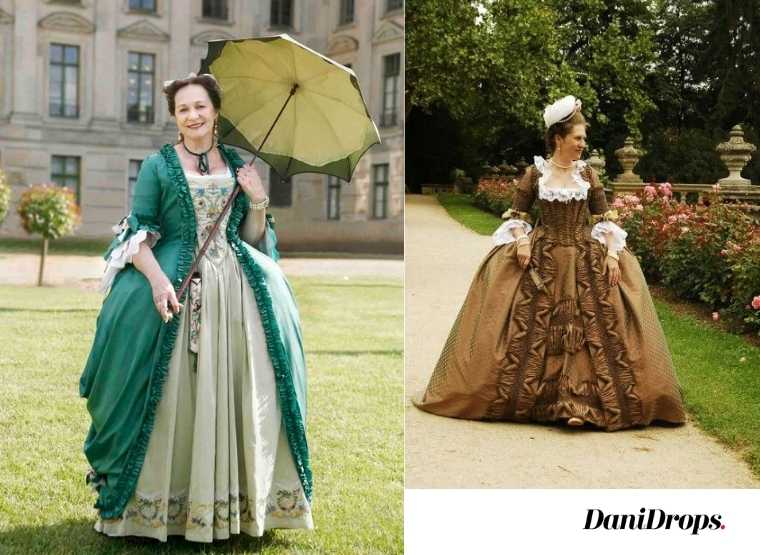
1800's dresses
The period dress from the 1800s was flowy and had a well defined silhouette below the bust and then fell fluently to the feet. This is a very striking style and is still successful today, it is known as “empire style”.

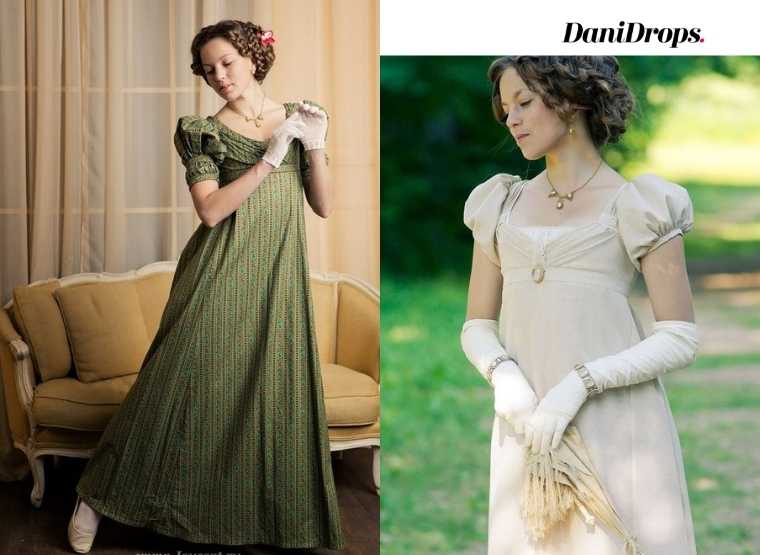
10's dresses
The period dress of the 10's was a French fashion that Brazil followed very closely. Today there are cuts and some reflections of this fashion. You see, fashion is like the mirror of Narciso, where the identity appeared reflected. So, you can know a lot about a person if you pay attention to the way they dress. Dresses became lighter and looser, without the use of corsets.


20's dresses
The period dress trend of the 20s was tubular, with shorter, lighter and very elegant pieces. The predominance of the fabric was silk to facilitate the movements of women when they went out to dance.


30's dresses
The dresses of the 30s came with an innovation, the bias cut, which was nothing more than the flared or flared skirt. The party dresses had long necklines in the back, especially in party dresses, being this part of the body the most valued. Everyday dresses were tighter at the hips revealing the shapes of the feminine buttocks.
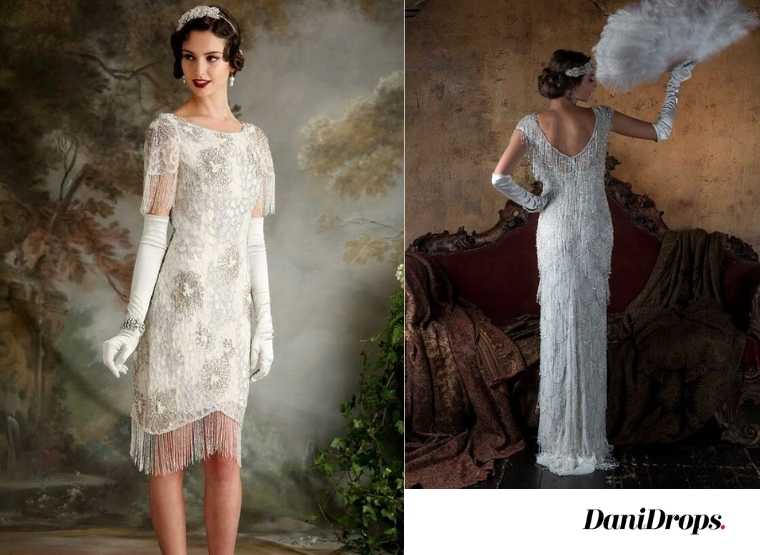

40's dresses
Dresses from the 40s had a well defined silhouette, rounded shoulders and wide sleeves. The skirts of the dresses were straight with inverted pleats facilitating the movement of the legs.


50's dresses
The dresses of the 50s brought their mark with women's femininity. The dresses were well defined and very feminine, the skirts at the knee well rounded.

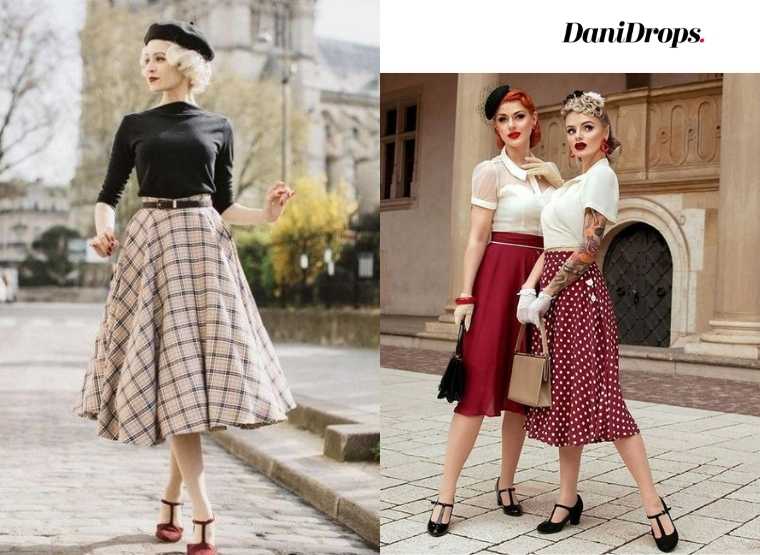
60's dresses
Dresses from the 60s also referenced women's femininity, with well-defined waists and stripes that elongated the silhouette.

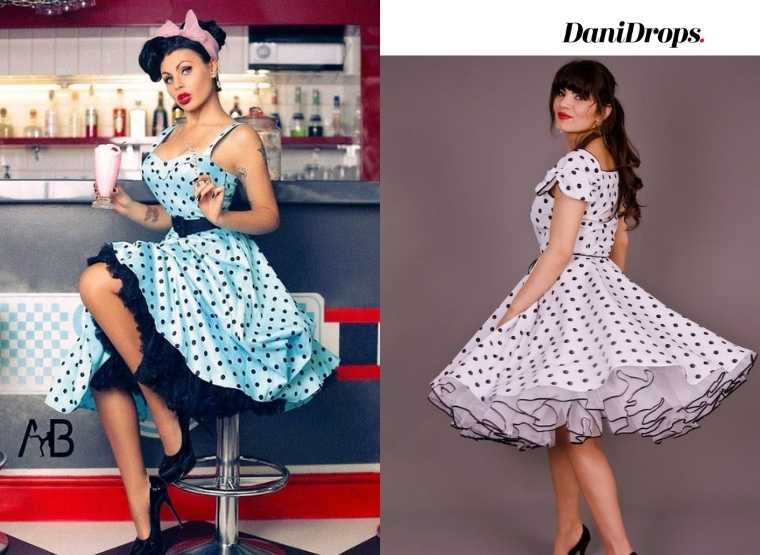
70's dresses
The 70's dresses were more fluid productions, with long-sleeved dresses, with a more hippie proposal.


80's dresses
The 80's dresses had striking shoulders, a lot of shine, embroidered with sequins in very stylish looks. The big bet of that time was the brightness.

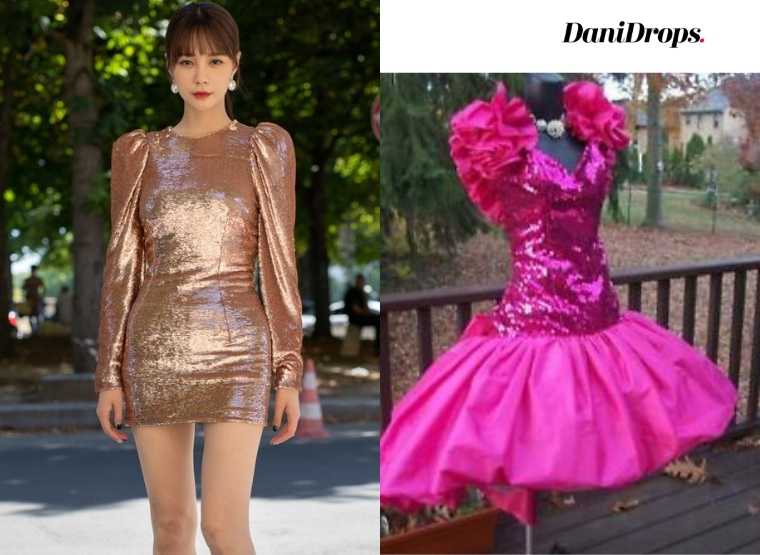
90's dresses
In the 90's latex was the big bet at the time, women wore dresses, tops, blouses, all with latex that left the body more marked and outlined. The boom of the time was with the Britney Spears, which had a romantic style and the pieces with latex provided what she wanted to convey to her audience.


2000s dresses
The 2000s dresses brought a very important piece to be worn underneath, the leggin pants. The dress was shorter and more stylish.


Medieval period dresses
Medieval dresses showed the feminine lap, a well-defined waist and a long flared or flared skirt. A romantic and seductive style at the same time.


Empire era dresses
Dresses from the Empire era were lighter and looser, with light shades and short sleeves. This was a great evolution for women, after all, until then, the arms should always be covered.


Victorian period dresses
The dresses of the Victorian period were with the arms and shoulders exposed, with the passing of the years the volume of the dresses passed to the back, but remaining, always well defined at the waist.
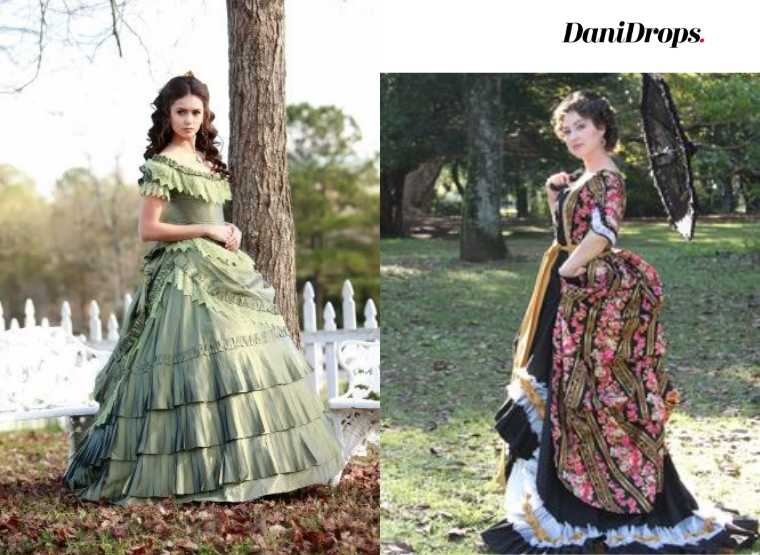
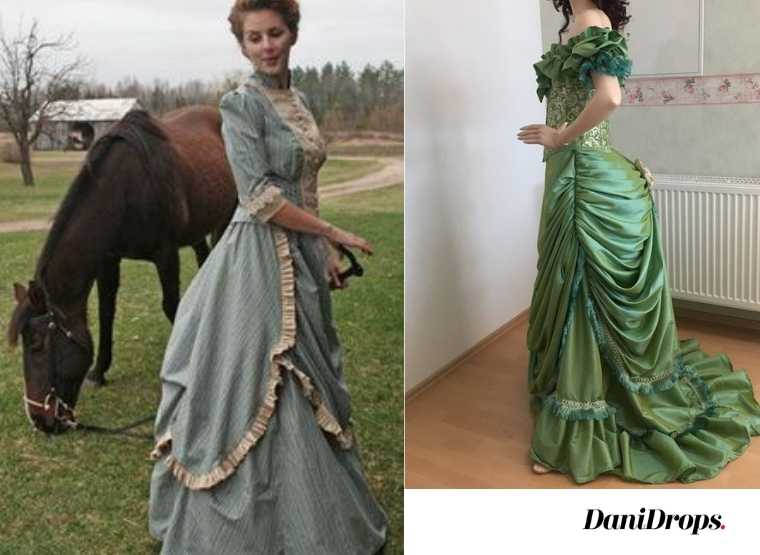
Dresses from the Roman Period
Dresses from Roman times showed the woman's social class and sometimes her profession, so they covered the body very well and used accessories such as belts and lots of jewelry in their hair and hairstyle. The more fabric there was in the dress, the better its social position, so the overlap was a striking trend of the time.


Colonial Period dresses
Dresses are always synonymous with femininity, women who wore dresses from the colonial era were very elegant and brought as their signature the marked waist, voluminous skirts with the shins on display. A trend that is making a comeback.


Brilliant era dresses
Dresses from the era of glitter had a well-defined waist and full skirts. She also brought the tube dresses for the time, which are now returning to brighten the catwalks.


Você irá ler nesta matéria

GRATITUDE!!! AINNNN I could be sure I'm at the wrong time lol
tell me if they are not beautiful Amanda, I wanted them all!!
Beautiful ones from the era of glitter
tbh i loved all the styles